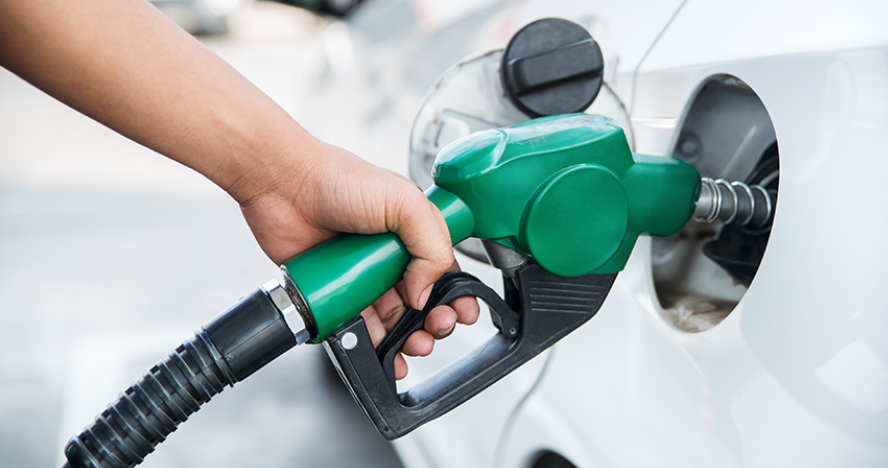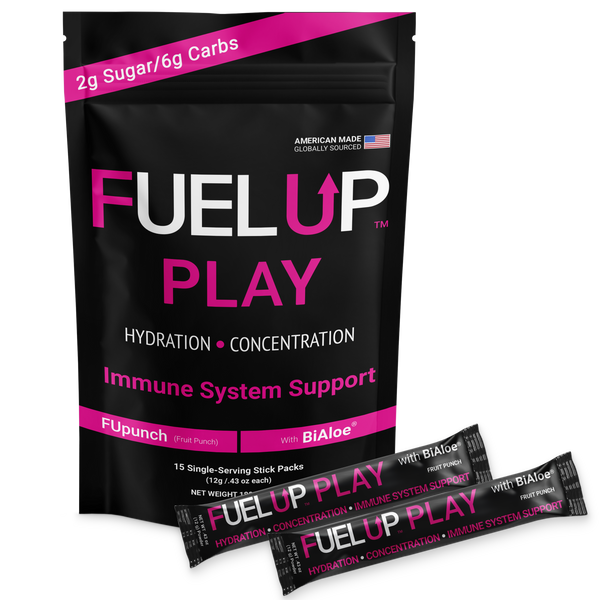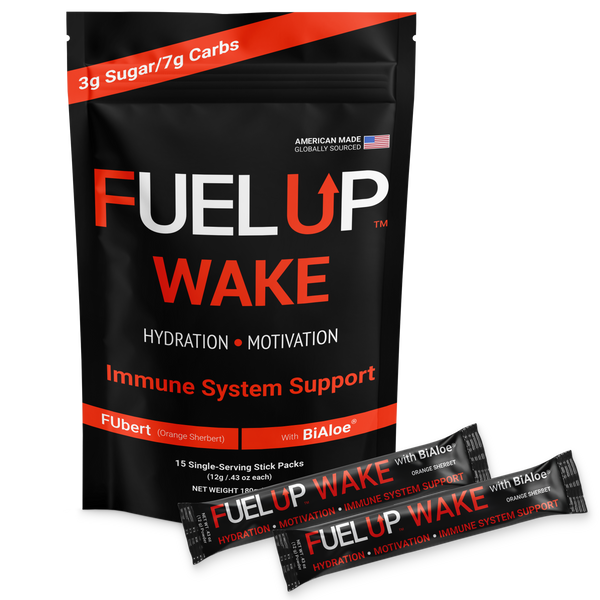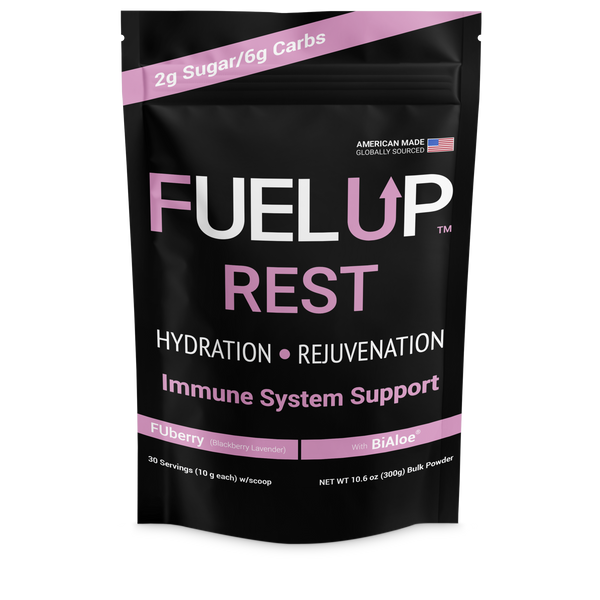Staying properly hydrated goes far beyond just drinking enough water. For active individuals focused on performance and recovery, the nutrients you consume—including essential vitamins—play a vital role in how your body absorbs, retains, and utilizes fluids. Understanding this connection empowers you to make better choices, support your well-being, and get the most out of every workout.
How Vitamins Influence Hydration
Hydration is the balance between fluids entering and leaving your body. While water is central, the process is influenced by a variety of nutrients—especially vitamins—that help regulate everything from cellular absorption to fluid retention.
Highlighted Vitamins at Work:
-
Vitamin C (Ascorbic acid): Supports the health of blood vessels and skin, impacting how efficiently fluids move through your body and where they're stored.
-
B Vitamins (such as B6, B12): Vital for energy metabolism and maintaining electrolyte balance, which directly affects hydration during physical activity.
-
Vitamin D: Plays an indirect but important role in kidney function and overall fluid balance.
By ensuring you have adequate levels of these vitamins, you help your body better utilize the fluids you consume, leading to more effective hydration and improved athletic performance.
The Hydration Equation: Fluids, Electrolytes, and Nutrients
It’s easy to overlook the symbiotic relationship between vitamins and minerals—like sodium, potassium, and magnesium—when considering hydration. In reality, vitamins help your body regulate blood pressure, support nerve function, and maintain muscle contractions, all of which are affected by fluid shifts and electrolyte balance.
For example:
-
B vitamins aid in the release of energy from carbohydrates, proteins, and fats, keeping your hydration and fueling in harmony.
-
Niacin (vitamin B3) helps your digestive system function efficiently, assisting the uptake of fluids and nutrients from your meals.
An imbalance—whether due to intensive exercise, heat, or poor dietary choices—can quickly lead to dehydration symptoms, decreased recovery speed, and a drop in overall performance.
Nutrition Strategies for Better Hydration
How do you tap into the hydration benefits provided by vitamins? Start with these practical, compliance-backed steps:
-
Eat a Variety of Whole Foods: Colorful fruits, vegetables, whole grains, and lean proteins provide a spectrum of essential vitamins while boosting water and electrolyte intake.
-
Monitor Key Nutrient Levels: Especially if you follow a restrictive diet or heavy training schedule, consider periodic checks for vitamin D, B vitamins, and vitamin C.
-
Pair Fluid Intake with Nutrient-Rich Meals: Drinking water alongside meals helps the body absorb nutrients and maintain consistent hydration.
-
Avoid Over-supplementation: Unless recommended by your healthcare professional, stick to whole food sources rather than high-dose vitamin supplements.
-
Check Nutrition Labels: Look for products with transparent labeling, prioritizing those with balanced vitamin and mineral profiles and without unnecessary additives.
Signs Your Hydration Needs a Nutrition Boost
Typical signs of inadequate hydration—like thirst, fatigue, and muscle cramps—can sometimes be tied to vitamin shortfalls. If you experience frequent tiredness, slow recovery after exercise, or poor focus, examine both your fluid and vitamin intake. Often, small tweaks in your daily meals make a noticeable difference.
Conclusion: Smart Choices for Lasting Hydration
Optimal hydration isn’t just about reaching for your water bottle—it’s about fueling your body with the vitamins and nutrients that help every drop count. As you push for better performance and quicker recovery, give your nutrition the same attention as your training plan.
If you're looking for ways to streamline your hydration and support your nutrient intake, products like Fuel Up Hydration can be an option that aligns with these goals. These solutions are designed to work alongside healthy eating habits, supporting performance and well-being in an educated, balanced way. Always read labels and choose products that fit your unique needs and activity level.





